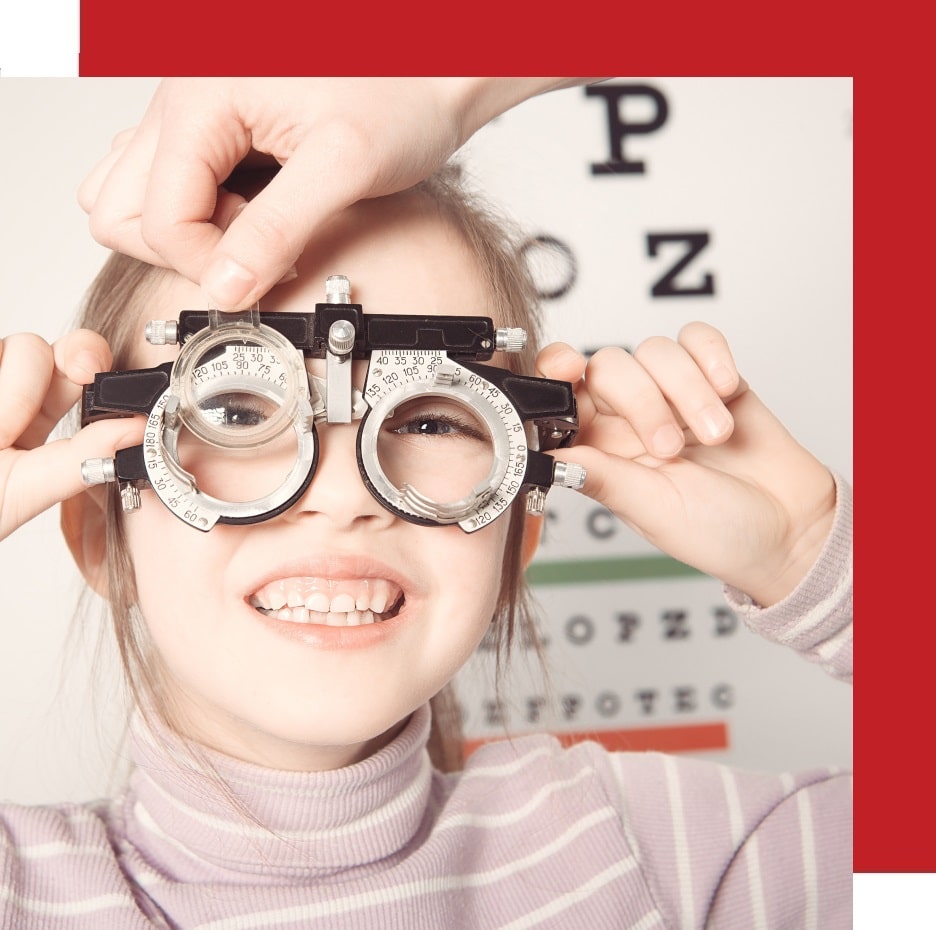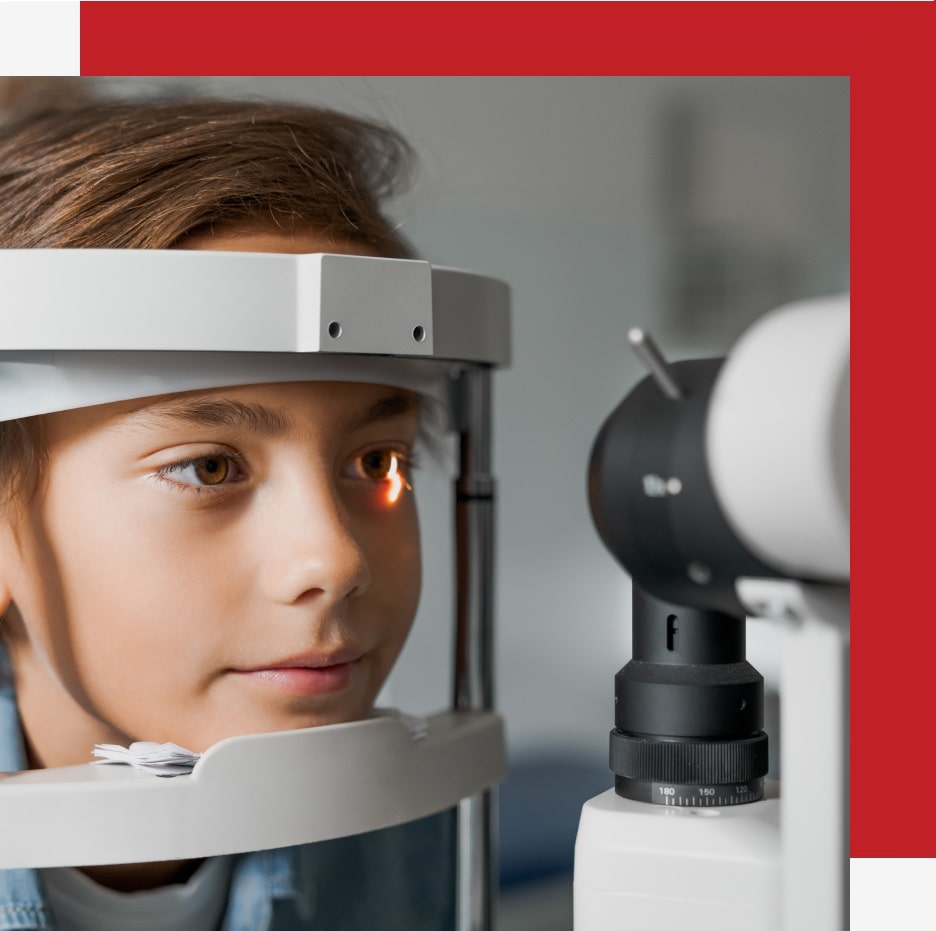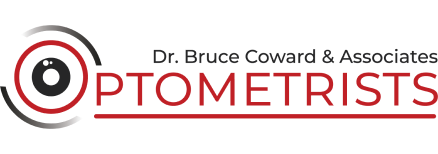Comprehensive Pediatric Eye Care
Children’s eyes develop from birth until about 20 years old, with much of this development happening in the early years. Evaluating children’s eye health and vision is a vital part of supporting their development, and regular children’s eye exams play a key role in identifying and addressing any issues early on.
At Dr. Bruce Coward Optometrists, we offer a wide range of services, from pediatric eye tests for infants and toddlers to children’s eye exams for school-aged kids. Our experienced team is dedicated to ensuring children’s eyes are healthy, using a gentle approach to put kids at ease.
What to Expect from a Pediatric Eye Test
During a pediatric eye test, our optometrists assess how well your child can see, examine eye development, and identify any potential vision concerns. Since children may not always know how to explain vision issues, a thorough exam can help take the guesswork out of understanding your child’s visual needs.


WHEN DOES MY CHILD NEED AN EYE EXAM?
HEALTHY VISION & YOUR CHILD
Clear vision is essential for children’s learning, recreational activities, and social development. Many visual issues, like nearsightedness or focusing problems, can go unnoticed by children because they lack a healthy vision frame of reference. Our pediatric optometrists specialize in spotting these subtle signs and addressing any issues.
READY, SET, LEARN!
Scheduling regular children’s eye exams is essential in supporting your child’s learning journey. The earlier vision issues are identified, the easier they are to treat. If you suspect your child is experiencing vision problems or may need glasses, please book an appointment with our team of friendly, experienced pediatric eye doctors.

